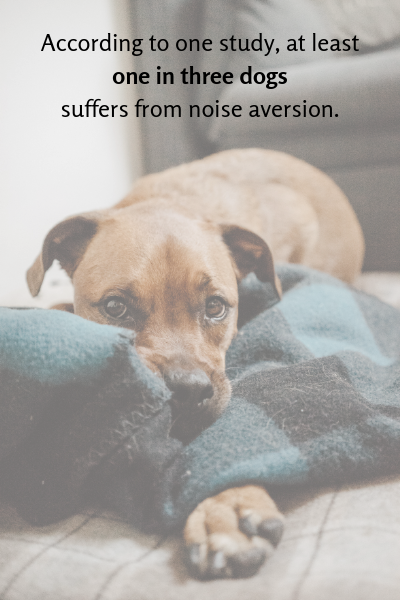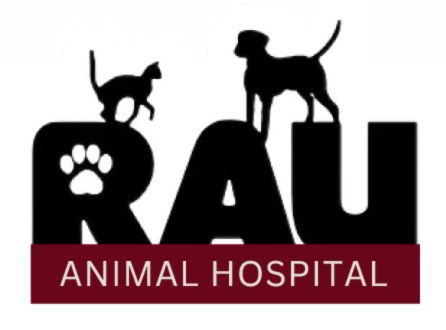If a single knock at the door sends your dog scurrying under the bed or he starts barking every time the doorbell rings, it’s probably safe to say you both dread surprise guests and package deliveries, not to mention Halloween. But could it mean something’s wrong?
If your dog shows excessive fear toward these and other noises, like fireworks, there’s a chance he may be suffering from noise aversion.
What Is Noise Aversion?
 Noise aversion is a fearful or anxious response to certain sounds, such as thunderstorms, traffic, construction work, or a running vacuum.
Noise aversion is a fearful or anxious response to certain sounds, such as thunderstorms, traffic, construction work, or a running vacuum.
Signs of noise aversion include:
- Pacing or restlessness
- Excessive panting
- Trembling or shaking
- Hiding or cowering
- Lip licking
- Hypervigilance
- Vocalization, such as whining, barking, or howling
- Owner seeking or excessive clinginess
- Destructive behaviors, such as chewing and digging
Extreme noise aversion can also cause dogs to run away, injure themselves, or damage property in an attempt to escape from the sound.
How to Manage Noise Aversion
Noise aversion occurs in dogs of all breeds and ages. In fact, according to an online study of more than 700 dog owners, at least one in three dogs suffers from the condition. If you suspect your dog is one of them, the first step is to consult with your veterinarian, who can help you pinpoint the cause and severity of your dog’s noise aversion—and help you develop a plan to conquer it.
You may find that a few small changes to your dog’s daily routine can make a big difference. Start by:
Going for a long walk. Encouraging your dog to release excess energy before the festivities begin will tire him out and help him relax at home.
 Providing a safe haven during peak trick-or-treating hours. Keeping your dog in a separate room away from the front door will also prevent him from running outside, where he may become lost.
Providing a safe haven during peak trick-or-treating hours. Keeping your dog in a separate room away from the front door will also prevent him from running outside, where he may become lost.
Offering a distraction, such as a new toy. This can help him focus his attention on something other than the noises outside.
Mask unusual sounds with white noise, TV, or soothing music. These familiar sounds can help drown out the frightening ones.
In addition, your veterinarian may recommend:
- An anxiety jacket that provides calming pressure
- A pheromone collar or diffuser that mimics a mother dog’s signals of comfort and security
- Behavior supplements that help dogs manage situational stress
- Prescription anxiety or noise aversion medications
Together with proper behavior training, these tricks can help make Halloween a treat for you and your dog. Contact us to find out how we can help!

